1. Riding in Cars Without Seat Belts
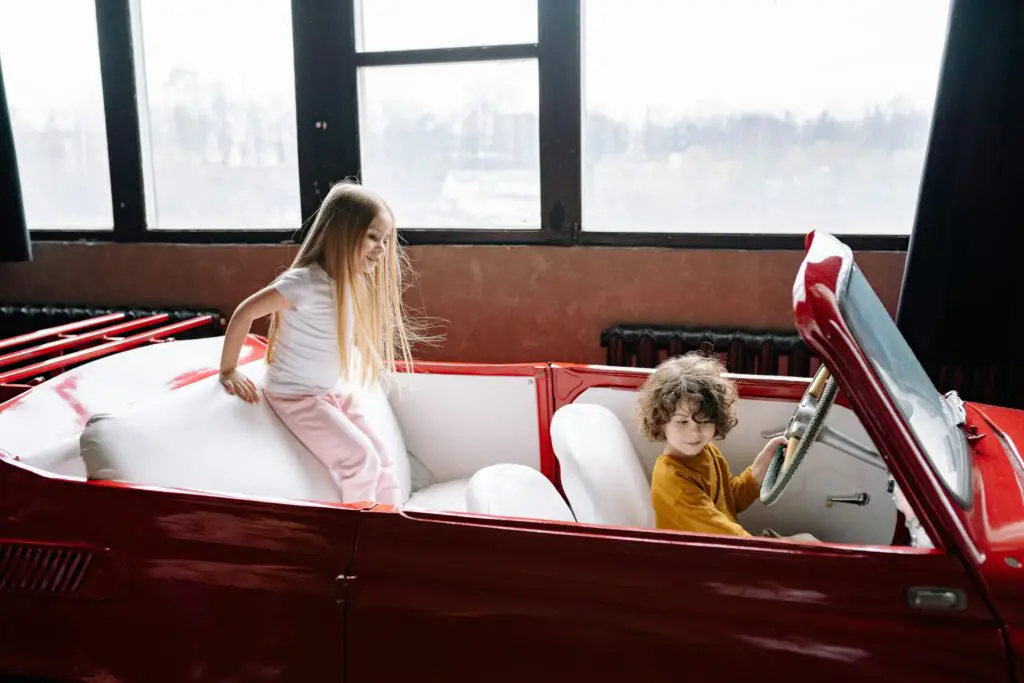
Back in the ’60s, piling into the family car without seat belts wasn’t just common, it was expected. Kids would sprawl out in the backseat or even nap on the ledge under the rear window while parents chatted up front. Seat belts were often tucked away or ignored entirely, and car safety simply wasn’t on most people’s radar. There were no airbags, no backup cameras, and definitely no car seats that required a 30-minute installation shares NewsTimes.
Today, that would set off alarm bells immediately. Not buckling up could get you a hefty fine, and letting a child ride unrestrained would probably bring Child Protective Services to your door. Modern cars practically yell at you if you forget to buckle up. Safety campaigns and crash test videos have made seat belts a non-negotiable. The shift is so complete that most of us can’t even imagine pulling out of the driveway without hearing that telltale click adds School Transportation News.
2. Smoking Everywhere, Even in Hospitals

In the ’60s, smoking was so normalized that people lit up everywhere—even inside hospitals and airplanes. It wasn’t unusual to see your doctor take a puff between appointments or a nurse enjoying a cigarette in the break room. Ashtrays were built into waiting room furniture and airplane armrests, and cigarette ads played during family programming on TV says New York Times.
Nowadays, you’d be hard-pressed to find any indoor public space that allows smoking. The thought of lighting up near oxygen tanks or newborn babies is almost unthinkable. Public health campaigns and mounting evidence about secondhand smoke have completely changed the culture. What was once stylish and accepted now feels jarring and dangerous. The social rules around smoking have done a full 180 shares BBC.
3. Hitchhiking Was a Totally Normal Thing

If you were traveling in the ’60s and didn’t have a car, sticking your thumb out was the go-to method of getting around. Hitchhiking was seen as adventurous, thrifty, and even a bit romantic. College kids did it to get home for the holidays, and some people even made lifelong friends from the strangers who picked them up. There was a strong sense of trust in the goodness of others.
Today, though, hitchhiking feels like a plotline in a true crime documentary. Between horror stories and general safety concerns, the idea of getting in a stranger’s car—or picking someone up—is met with a lot more hesitation. Ride-sharing apps have become the safer alternative, even though you’re still getting in a stranger’s car, just in a more structured way. That old kind of freedom comes with too many risks in today’s world.
4. Letting Kids Roam the Neighborhood Unsupervised
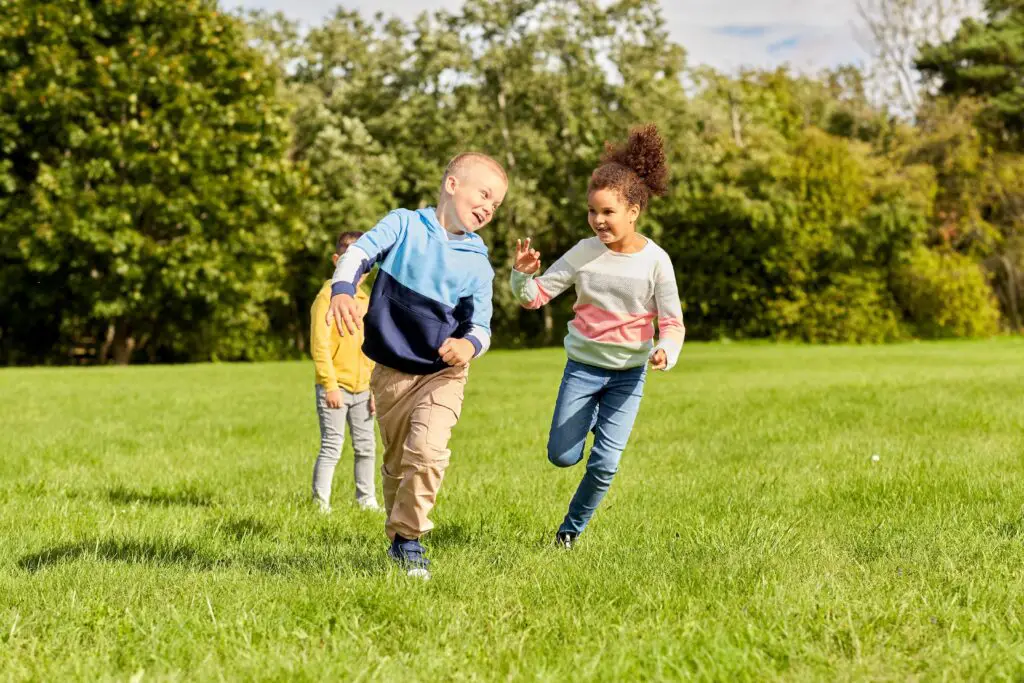
In the ’60s, kids played outside from sunup to sundown with barely any adult supervision. Parents trusted the neighborhood, and kids were expected to entertain themselves with bikes, sticks, and imagination. You might check in for lunch or dinner, but no one had a GPS tracker or cell phone. It was just “be home before the streetlights come on.”
Now, letting kids roam without a chaperone could spark a call to the authorities. Today’s parents are more cautious, and communities are more fragmented, making the idea of kids playing unsupervised feel risky. It’s not that parents care more now, just that the world feels less predictable. And with so many gadgets indoors, kids are less likely to wander far anyway.
5. Burning Trash in the Backyard
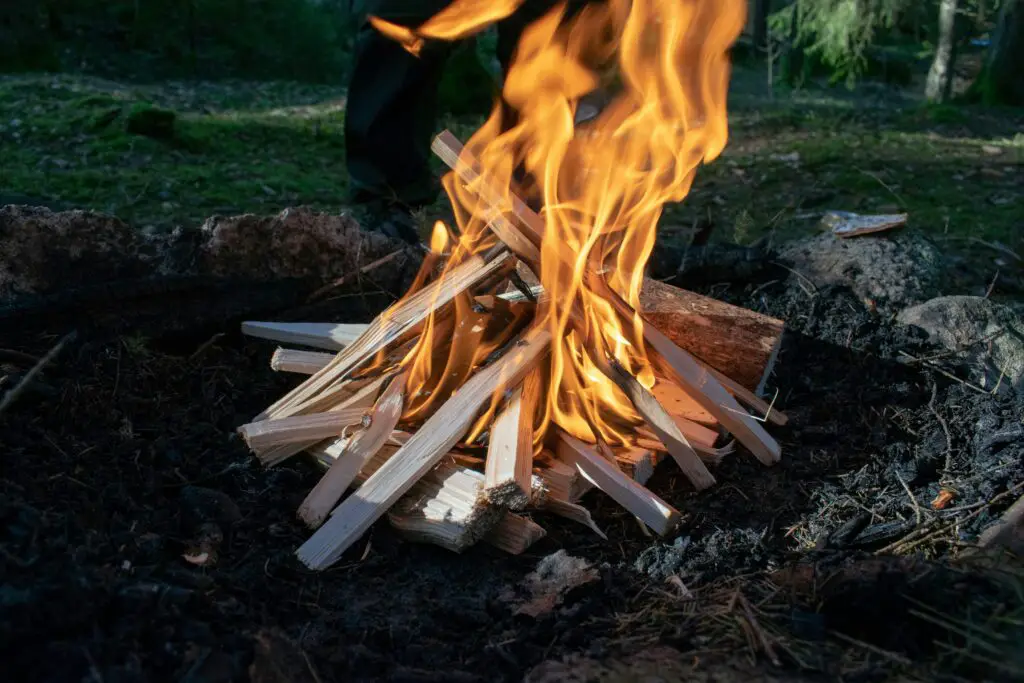
Backyard burn barrels were as common in the ’60s as garbage bins are today. People burned everything from paper to plastic without a second thought. It was considered a normal part of household waste management, especially in rural areas. The scent of smoke in the air was just part of the neighborhood routine.
Today, that kind of behavior would bring the fire department or the EPA knocking. Burning trash is now recognized as hazardous to both health and the environment. Air quality concerns and stricter regulations have made open burning nearly extinct in residential areas. Most people now sort their recyclables, and trash pickup is a given. Times have changed, and our lungs are grateful.
6. Leaving Kids in the Car While Running Errands
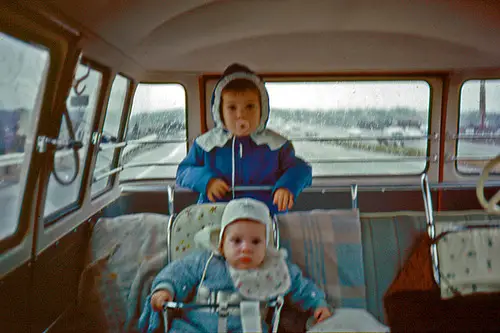
In the ’60s, it was completely normal to leave your kids in the car while you ran into the store. Parents would crack a window and tell the kids to sit tight, and no one would bat an eye. It wasn’t neglect—it was just convenient, and everyone did it. The world felt safe enough for that kind of trust.
These days, leaving a child alone in a car, even for a few minutes, is likely to cause public outcry or worse. With stories about car theft, overheating, and abductions, modern parents are taught to never leave kids unattended. It’s one of those things that went from everyday habit to serious taboo almost overnight. What once seemed practical now feels like a headline waiting to happen.
7. Corporal Punishment in Schools
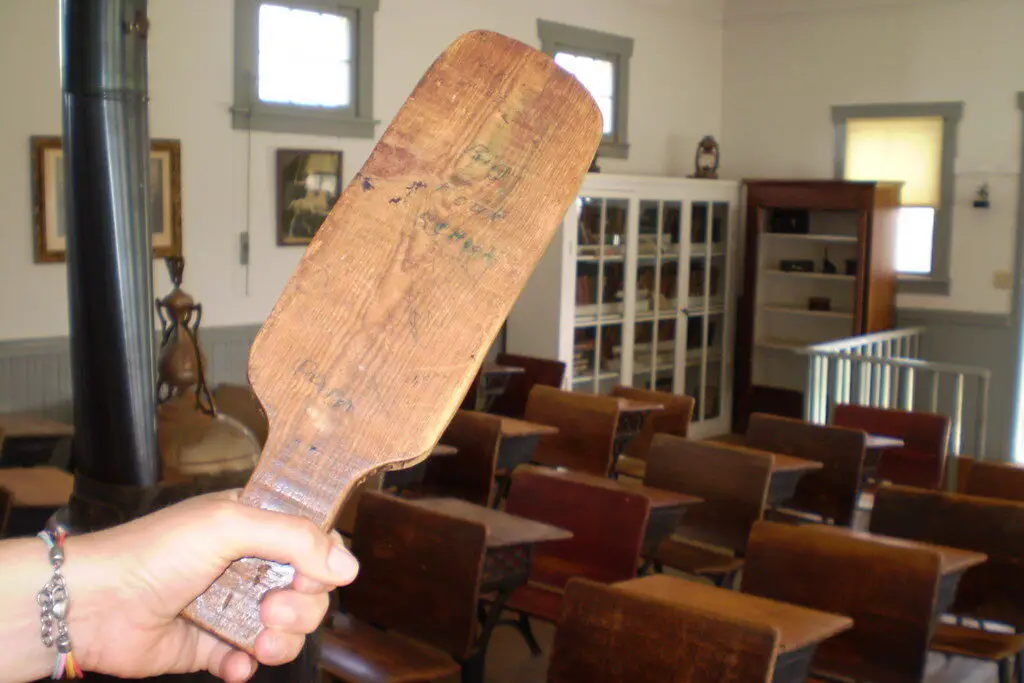
Teachers paddling students was a common sight in the ’60s. It was seen as a firm but fair way to keep kids in line, and few parents questioned it. Wooden paddles were sometimes even displayed in classrooms like a warning. Discipline was physical, immediate, and widely accepted.
In today’s schools, that approach would land someone in court. Corporal punishment has been banned in most places, replaced by behavioral contracts and counseling. Teachers now rely on positive reinforcement and communication. The cultural shift around child development and trauma has reshaped how discipline is viewed. Hitting a child is no longer seen as a lesson—it’s a red flag.
8. Wearing Dressy Clothes Just to Go Shopping
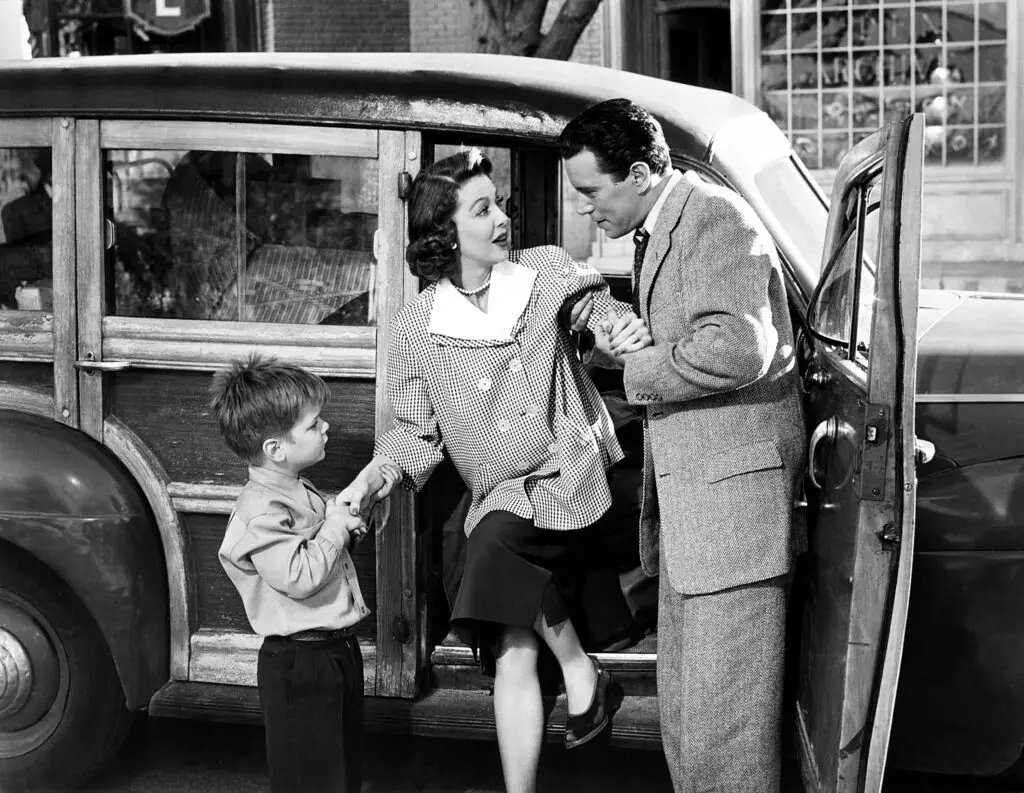
Back in the ’60s, going downtown for errands meant putting on your Sunday best. Women wore skirts and gloves, and men might throw on a tie, even if they were just popping into the department store. It was about presenting yourself well in public, even for the most mundane tasks. Dressing down simply wasn’t the norm.
Today, you’d likely see people in sweatpants, hoodies, or even pajamas at the grocery store. The standard for public attire has drastically shifted toward comfort over formality. Most of us would never think to dress up for a quick Target run. That era of polished appearances feels almost cinematic now.
9. Drinking and Driving Was Lightly Enforced
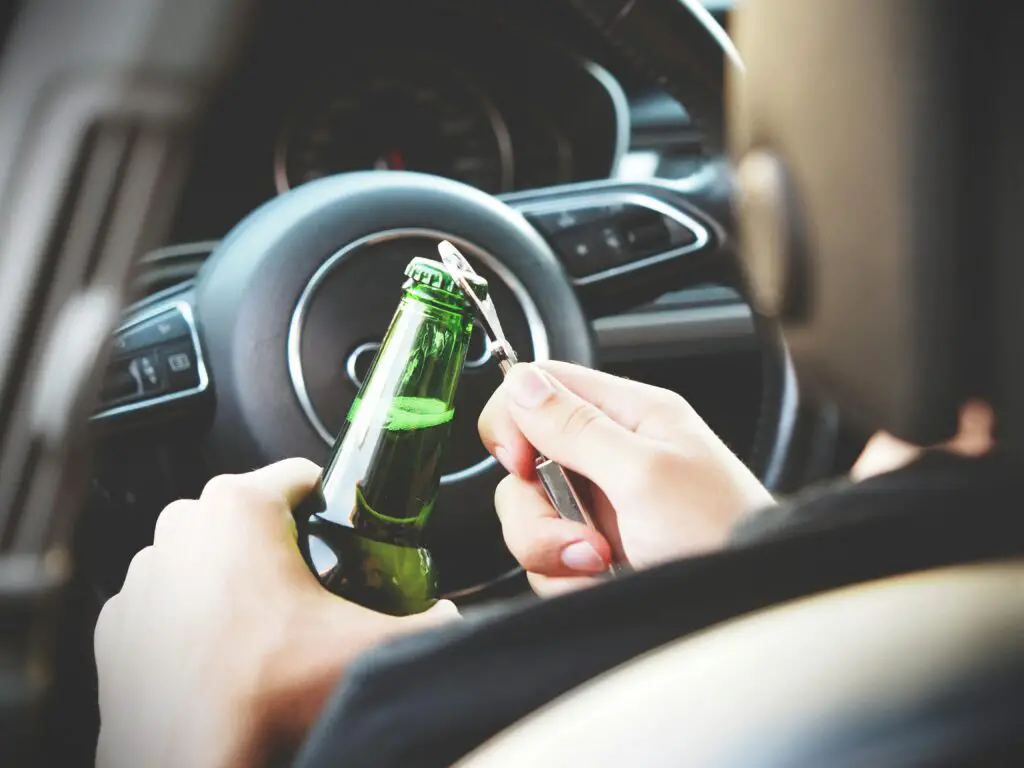
In the ’60s, having a drink and then getting behind the wheel wasn’t seen as particularly reckless. It was often brushed off with a “he can handle his liquor” kind of attitude. DUI laws existed but weren’t heavily enforced, and there was far less public education around the dangers. It wasn’t uncommon to see beer cans in the car or someone driving home from a party a little tipsy.
Fast forward to now, and drinking and driving is one of the most serious offenses you can commit. Breathalyzers, checkpoints, and campaigns like “Drive Sober or Get Pulled Over” have made it clear that it’s not just dangerous—it’s unacceptable. Lives have been lost, and public awareness has grown. What was once a casual habit is now treated with the weight it deserves.
10. Using Lead-Based Paint and Asbestos Freely

The ’60s home aesthetic came with a hidden hazard—lead-based paint on the walls and asbestos in the ceiling. These materials were cheap, durable, and everywhere. No one knew—or maybe no one wanted to know—how dangerous they could be. Kids even chewed on painted windowsills without concern.
Today, these substances are considered serious health threats. Home inspections include rigorous checks for both, and removing them requires certified professionals. The idea of painting a nursery with lead-based paint is horrifying now. We’ve learned a lot since then, and safety is prioritized over convenience.
11. Playing With Toy Guns That Looked Real
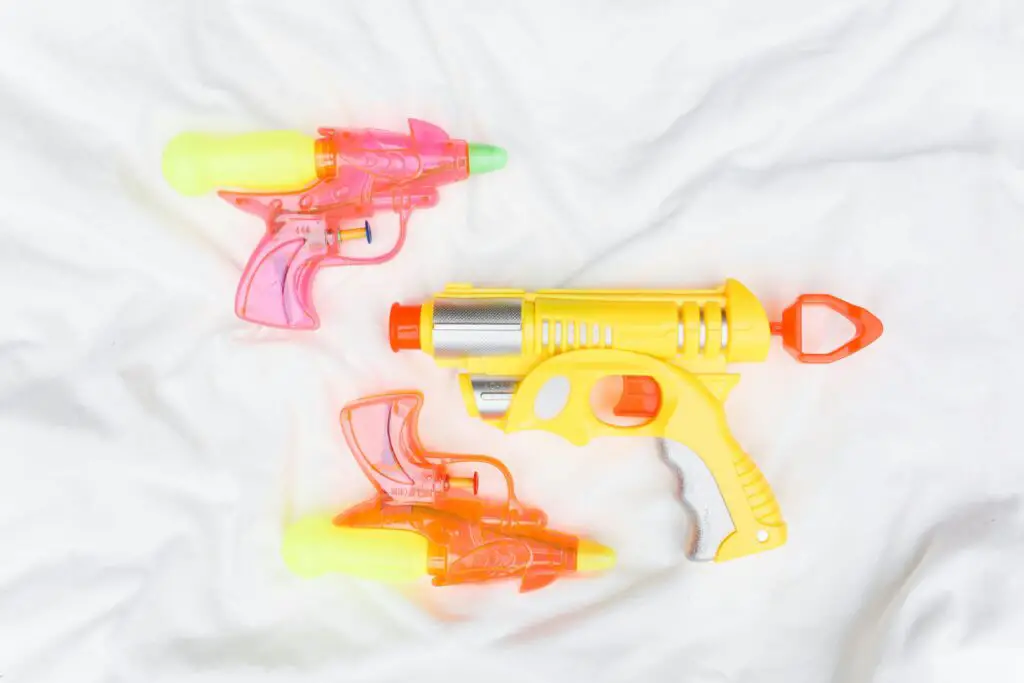
In the ’60s, toy guns were made to look like the real deal. They had realistic shapes, colors, and even sound effects. Kids played “cops and robbers” in the yard, aiming at each other without fear of consequences. It was all part of growing up, and no one worried too much about appearances.
Today’s toy weapons are required to have bright colors or orange tips to show they’re not real. The fear of mistaking a toy for an actual gun has changed how we look at these toys. In some places, even water guns are frowned upon. The culture around gun safety and perception has made this kind of play feel like a relic from another world.
12. Having Milk Delivered to Your Door
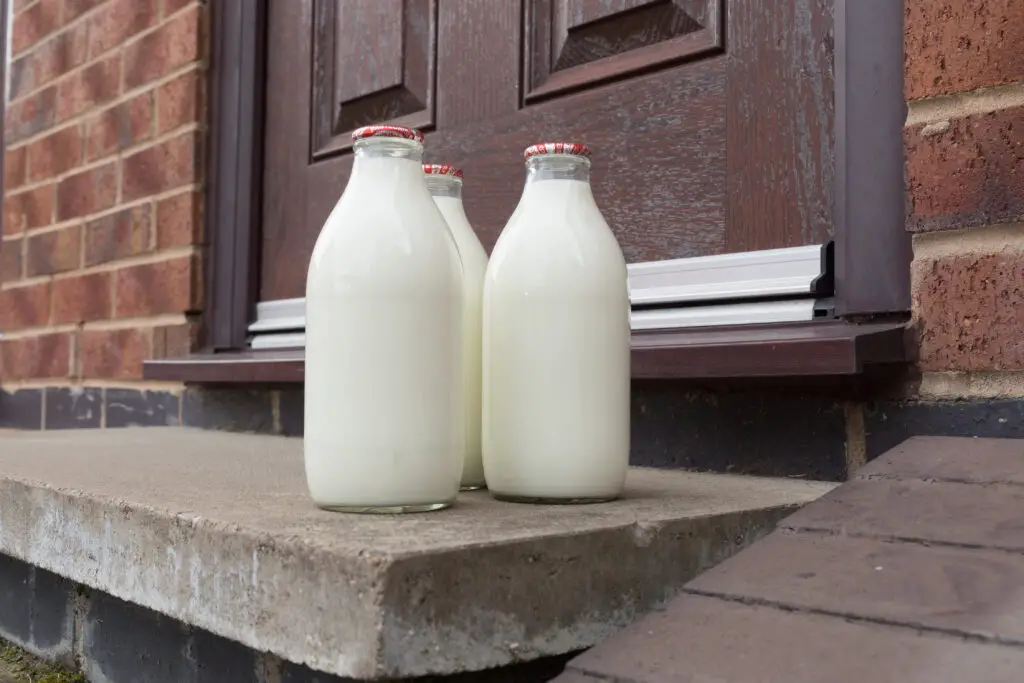
Every morning in the ’60s, the milkman would make his rounds, leaving fresh bottles of milk on your doorstep. It was a charming ritual, with glass bottles clinking and neighborhood dogs giving chase. Families counted on those deliveries for their daily needs, and the milkman was a familiar face.
Now, having milk delivered seems almost quaint, like something out of a storybook. With grocery stores on every corner and delivery apps at our fingertips, that ritual is gone. Most people have never even seen milk in a glass bottle. The convenience has evolved, but we lost a little charm along the way.
13. Making Phone Calls Through a Switchboard Operator
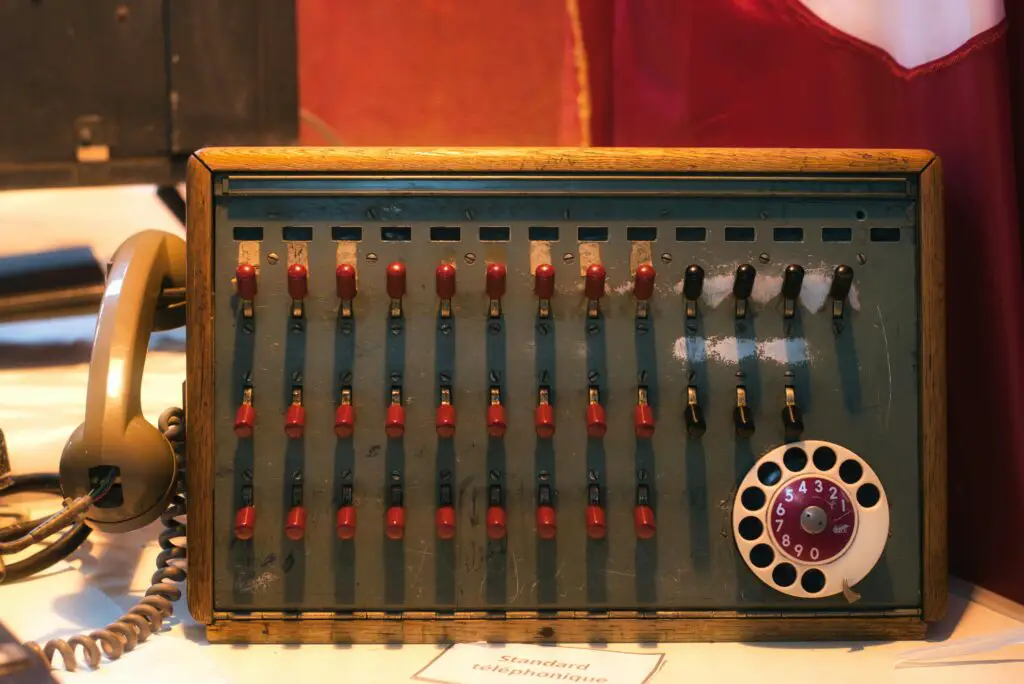
Long-distance calls in the ’60s often went through a switchboard operator. You’d give them the number, wait while they connected you, and then finally hear the other person’s voice. It was a slow, sometimes fussy process, and making a call across the country was a big deal. You had to plan it in advance and sometimes even schedule a time.
Today, calling someone halfway around the world is as easy as pressing a button. We don’t think twice about video chats or instant messages. The idea of needing an operator to place a call sounds like something out of a museum. It’s amazing how quickly we forget how much effort simple communication used to take.
14. Drinking from the Hose Without a Second Thought
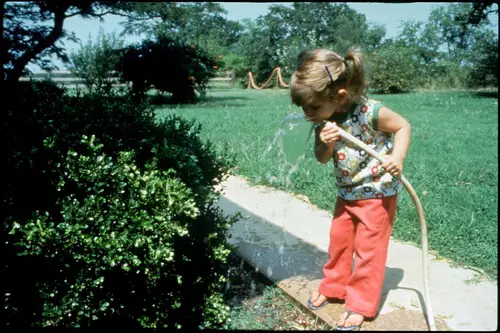
In the ’60s, if you were thirsty outside, you drank straight from the garden hose. No one thought about water filters or bacteria. It was just cold, slightly metallic-tasting water and part of being a kid. You’d gulp it down between rounds of tag or while riding your bike.
These days, many parents wince at the thought of their kids doing the same. We’re more aware of what’s in our water and cautious about where it comes from. Bottled water and reusable filtered bottles have taken over. That carefree hydration has been replaced by concern, but sometimes you miss that freedom.
